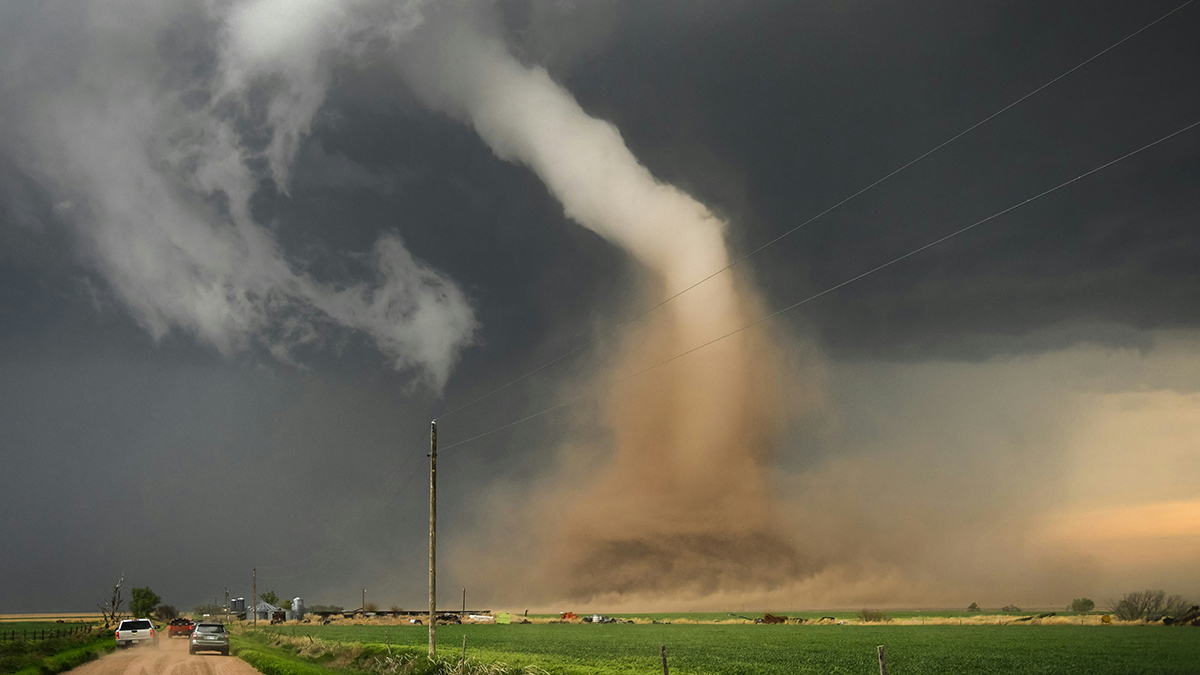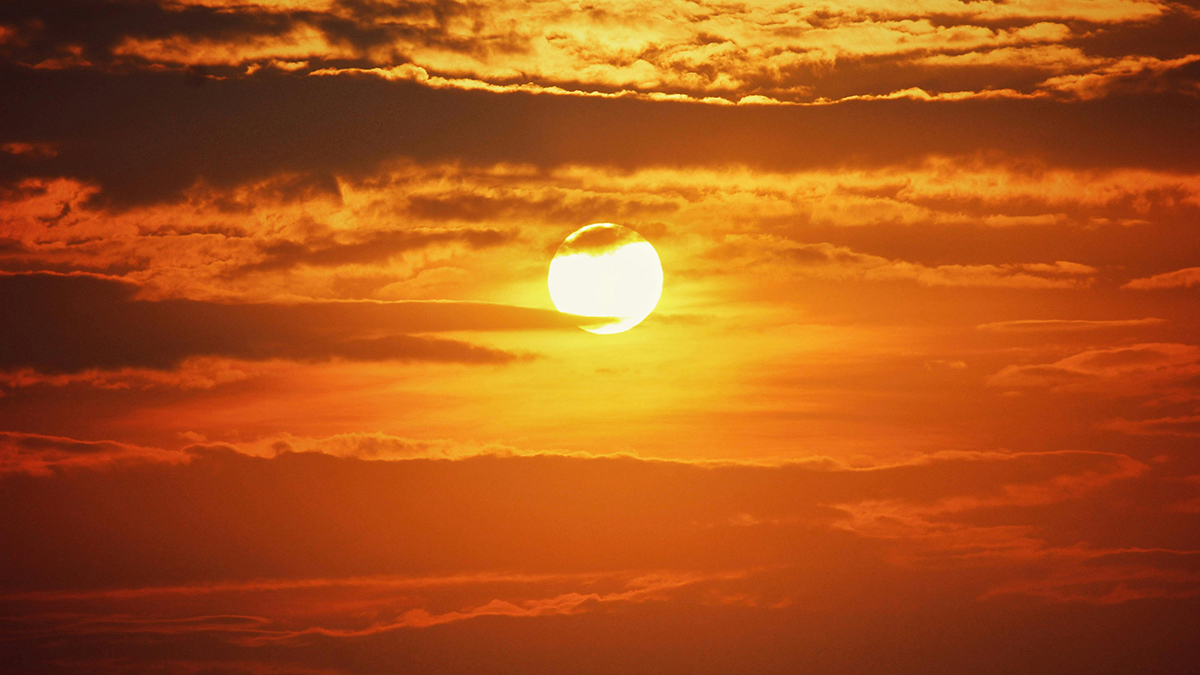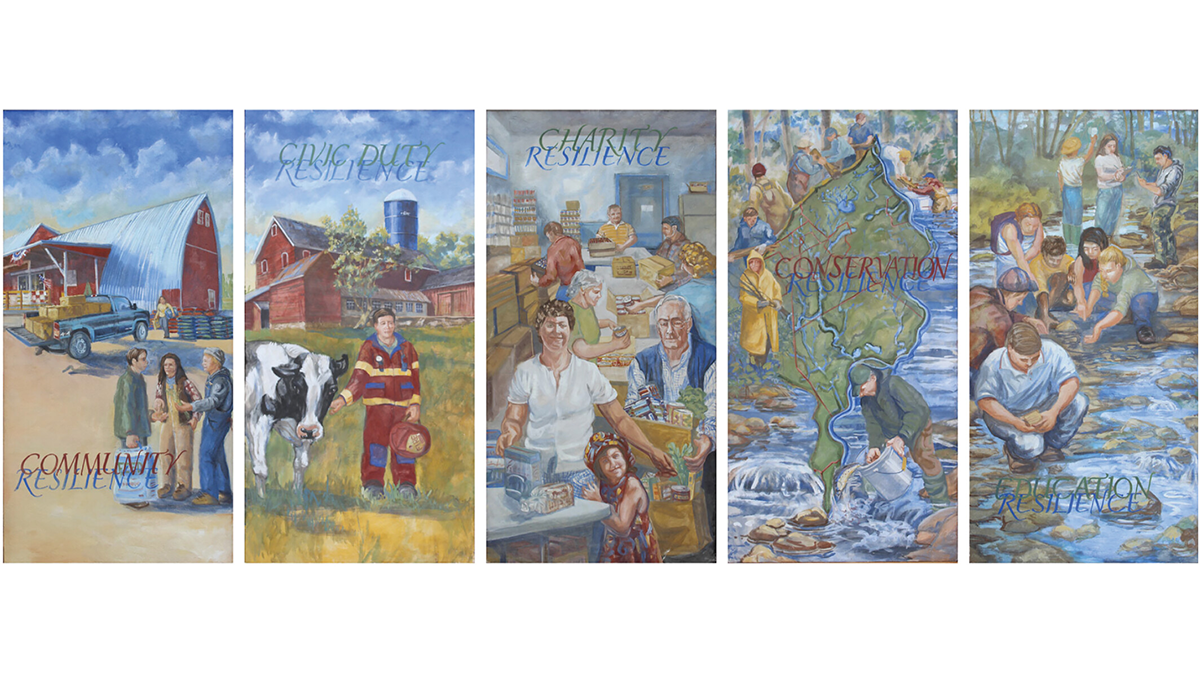The roughness of terrain far upstream of where tornadoes occur can affect their formation. It could be what drives the contrast in tornado activity between North and South America.
extreme weather
Machine Learning Masters Weather Prediction
Community datasets and evaluation standards are needed to further advance machine learning for weather prediction.
How Sticky Is It Outside?
Researchers introduce a new variable to quantify the relative contributions of heat and humidity to humid heat.
Is It Climate Change? Americans Mostly Say Yes
Most Americans think climate change plays some role in creating extreme weather, though their perceptions didn’t always align with scientists’.
Expecting the Unexpected Could Help Us Prepare for Climate Extremes
A new paper argues that too little consideration of high-impact, low-likelihood events has left us unprepared for the worst of climate change.
Shifting Winter Storms Bring More Flooding to India
Western disturbances are hanging out over India for longer, adversely affecting water security in the country.
Temperaturas récord posiblemente continuarán ante la persistencia de El Niño
Es probable que las temperaturas globales superficiales del aire se mantengan elevadas durante el comienzo del verano debido a la persistencia del evento de El Niño.
Integrating Science, Art, and Engagement to Strengthen Communities
The CREATE Resilience project is demonstrating how to engage communities to address natural risks by linking art and science.
Record-Breaking Temperatures Likely as El Niño Persists
Global surface air temperatures will likely remain high through early summer because of a continuing El Niño event.
We’ve Already Seen Category 6 Hurricanes—Now Scientists Want to Make It Official
Intensifying storms may warrant a new category of hurricane wind speeds.










